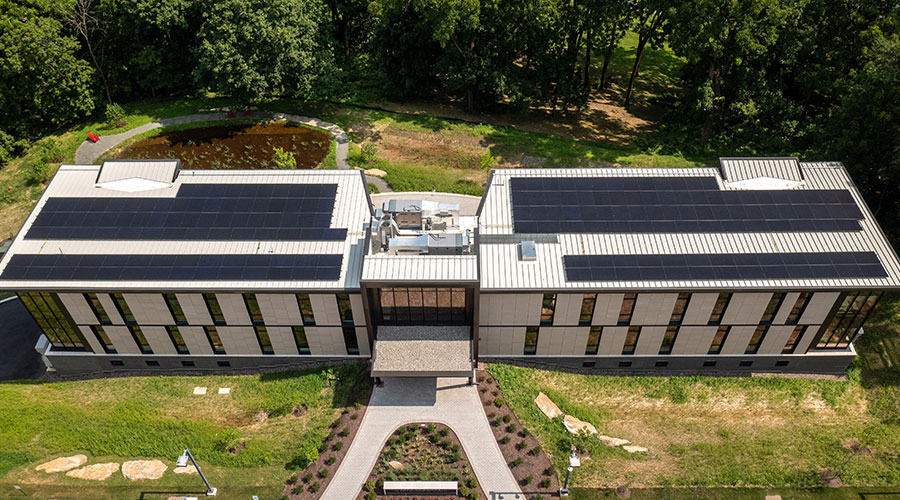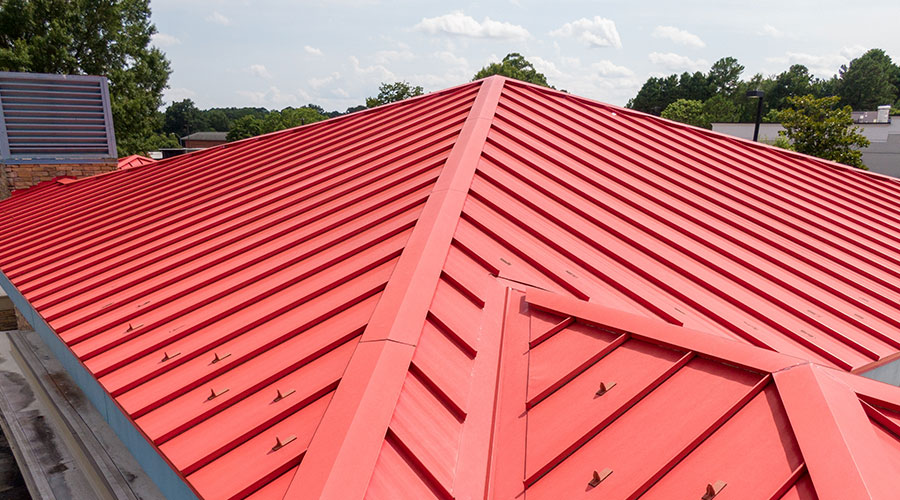Climate, weather conditions factor into roof coatings decisions
Many institutional and commercial facilities apply roof coatings with the goals of prolonging a roof's life, protecting interior operations and components, and controlling energy costs.
But roof coatings can only deliver these benefits if they are applied properly, and weather is one of the biggest complicating factors for maintenance and engineering managers planning successful roof coating applications.
Choosing a roof coating best suited to a facility's local climate — whether that involves the rain and humidity of Seattle or the oppressive heat of a Phoenix summer — can be the difference between a failed application and one that delivers energy savings and prolongs a roof's performance life.
"Roof coatings are not a paint," says Van Ripps of Palmer Asphalt Co. "The roof takes a much greater pounding from the elements than a sidewall, where moisture runs down the side, where the roof elements hit the roof. A roof coating needs to stand up to these elements, like moisture laying on the roof and the UV rays of the sun."
Location, location, location
Performing in snow and rain is usually a concept associated with the U.S. Postal Service, but it also applies to the performance of roof coatings. In addition to those conditions, managers also must consider humidity, high winds, and extremely high and low temperatures when specifying a roof coating.
"It really has to do with the extremes of the climate," says Lee Martucci of GAF. "For example, if you have situations where you get a lot of sun and some quick changes in the weather, you'll need a coating that can accommodate the movement on the roof. You would want one that would be more elastic and be able to move with the roof."
Managers of facilities in cold-weather climates should consider products with good low-temperature flexibility, says John Skinner of Sika Sarnafil, adding that American Society for Testing and Materials (ASTM) Standard D-6083 is a useful resource in the selection process.
"If (managers) are in the northern portion of the country, in the cold-weather climates, they have to have a product to meet the D-522 low-temperature flex," he says. "In the southern climates, obviously that's not as critical."
Coastal climates can also affect the decision on roof coatings.
"If you have a high degree of humidity, as in say Seattle, you can still use acrylic coatings, you just have a shorter application window to really have the product perform well long-term," Skinner says.
"On application days, you need to let the product cure out between coats. If you have high degree of humidity in the air, you might find that instead of a 12-24 hour period, you are looking at a 48-72 hour period."
Related Topics:













